Colossal Squid Predation
By. Nevanda - 28 Mar 2023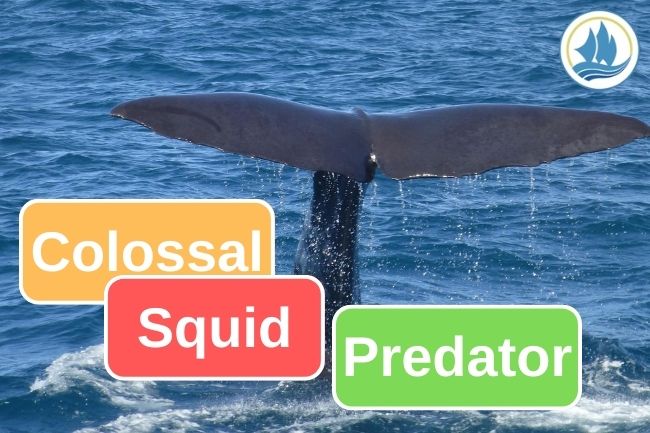
kelolalaut.com - The colossal squid, species Mesonychoteuthis hamiltoni, was discovered in 1925. This species belongs to the class Cephalopoda and family Cranchiidae.
Most of the time, full colossal squid specimens are not collected; as of 2015, only 12 complete colossal squids had ever been recorded with only half of these being full adults. Commonly, beak remnants of the colossal squid are collected; 55 beaks of colossal squids have been recorded in total.
Read also: What Is Colossal Squid?
PREDATION
Many sperm whales have scars on their backs, believed to be caused by the hooks of colossal squid. Colossal squid are a major prey item for sperm whales in the Antarctic; 14% of the squid beaks found in the stomachs of these sperm whales are those of the colossal squid, which indicates that colossal squid make up 77% of the biomass consumed by these whales.
Many other animals also feed on colossal squid, including the beaked whales, such as southern bottlenose whales, Cuvier's and Baird's beaked whales They are among the deepest-diving cetaceans ever recorded, besides the sperm whale. This places the beaked whales as some of the few food competitors of the sperm whale.
Read also: Things To Do Before Cooking Octopus
Other possible squid predators include the Pilot Whale, Killer Whales, Larger Southern Elephant Seals, Patagonian Toothfish, Southern Sleeper Sharks (Somniosus antarcticus), Antarctic Toothfish, and Albatrosses. However, beaks from mature adults have only been discovered from large predators like sperm whales, while the other predators only eat juveniles or young adults.
CONSERVATION STATUS
The colossal squid has been assessed as "least concern" on the IUCN Red List. Furthermore, colossal squid are not targeted by fishermen; rather, they are only caught when they attempt to feed on fish caught on hooks. Additionally, due to their habitat, interactions between humans and colossal squid are considered rare.
Read also: Milkfish Fun Facts
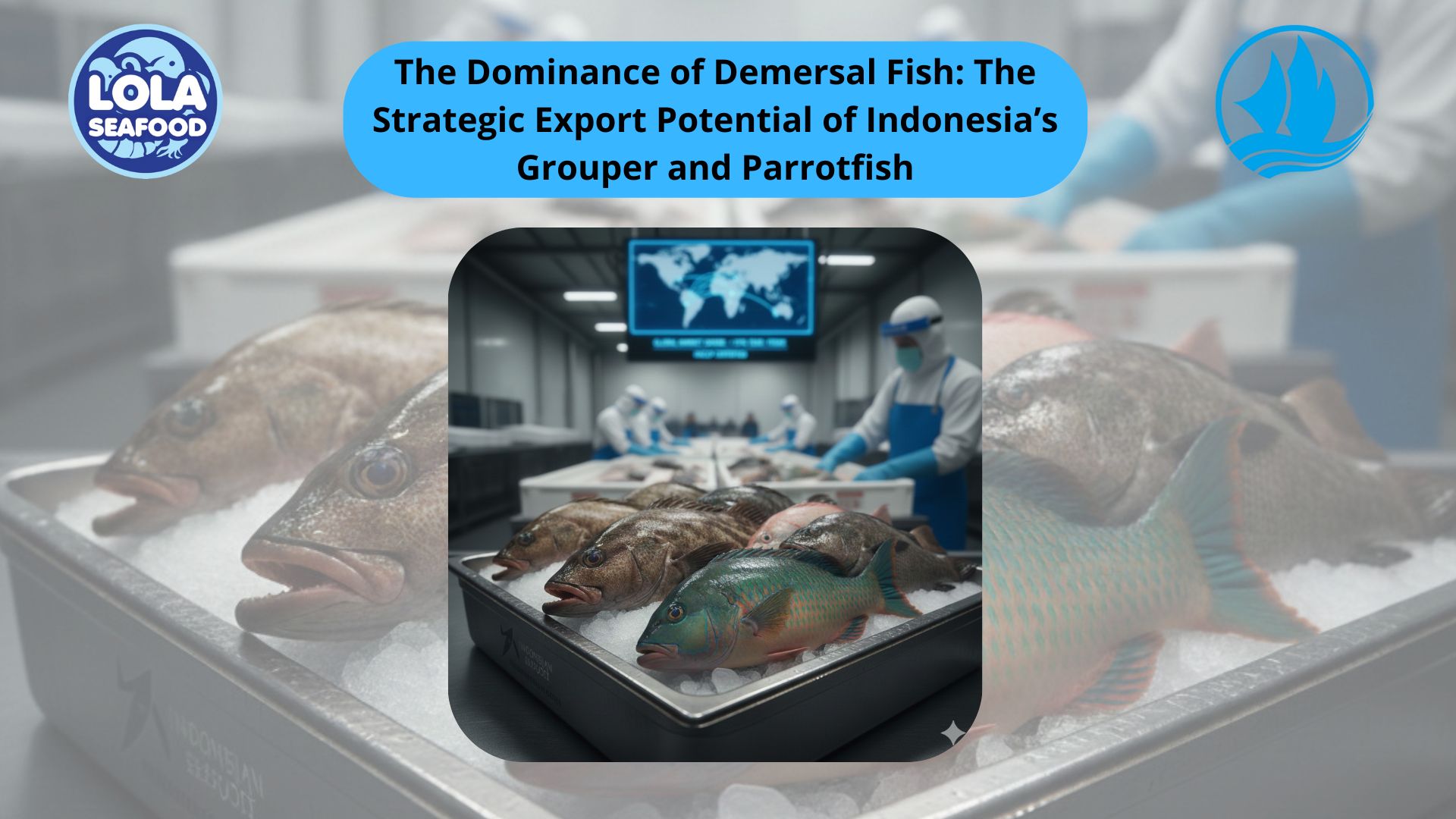
The Dominance of Demersal Fish: The Strategic Export Potential of Indonesia’s Grouper and Parrotfish
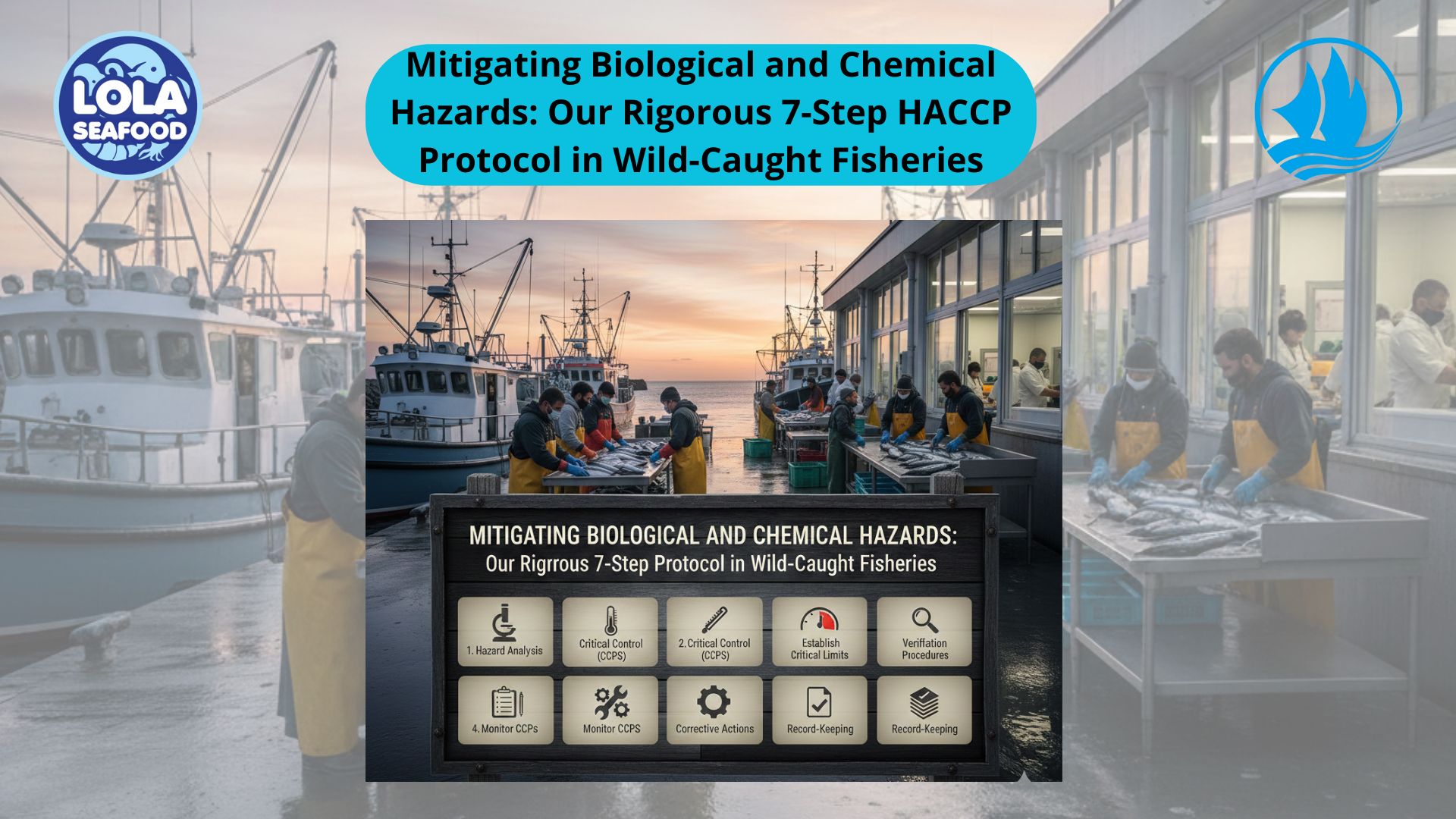
Mitigating Biological and Chemical Hazards: Our Rigorous 7-Step HACCP Protocol in Wild-Caught Fisheries

.jpg)
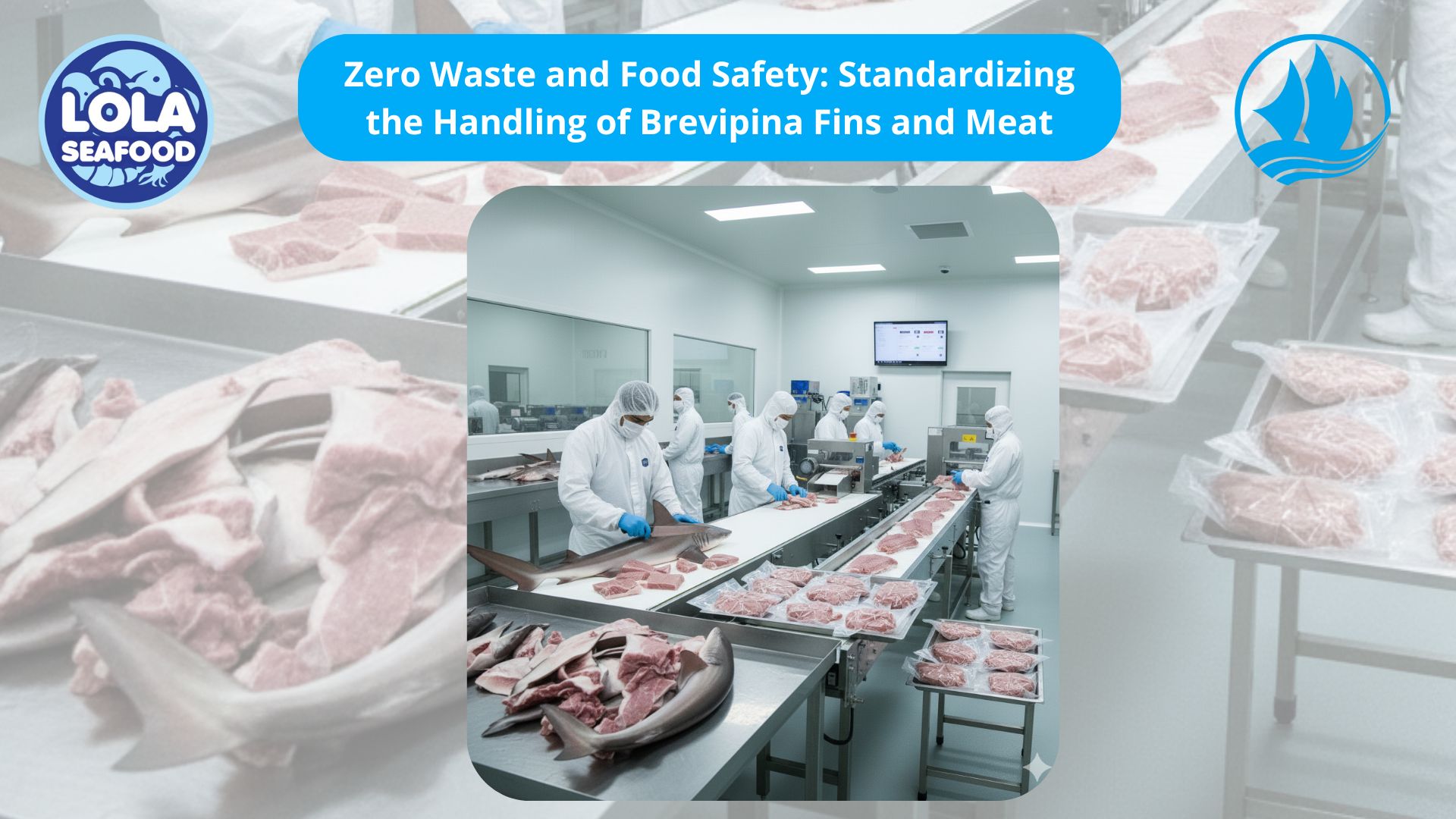

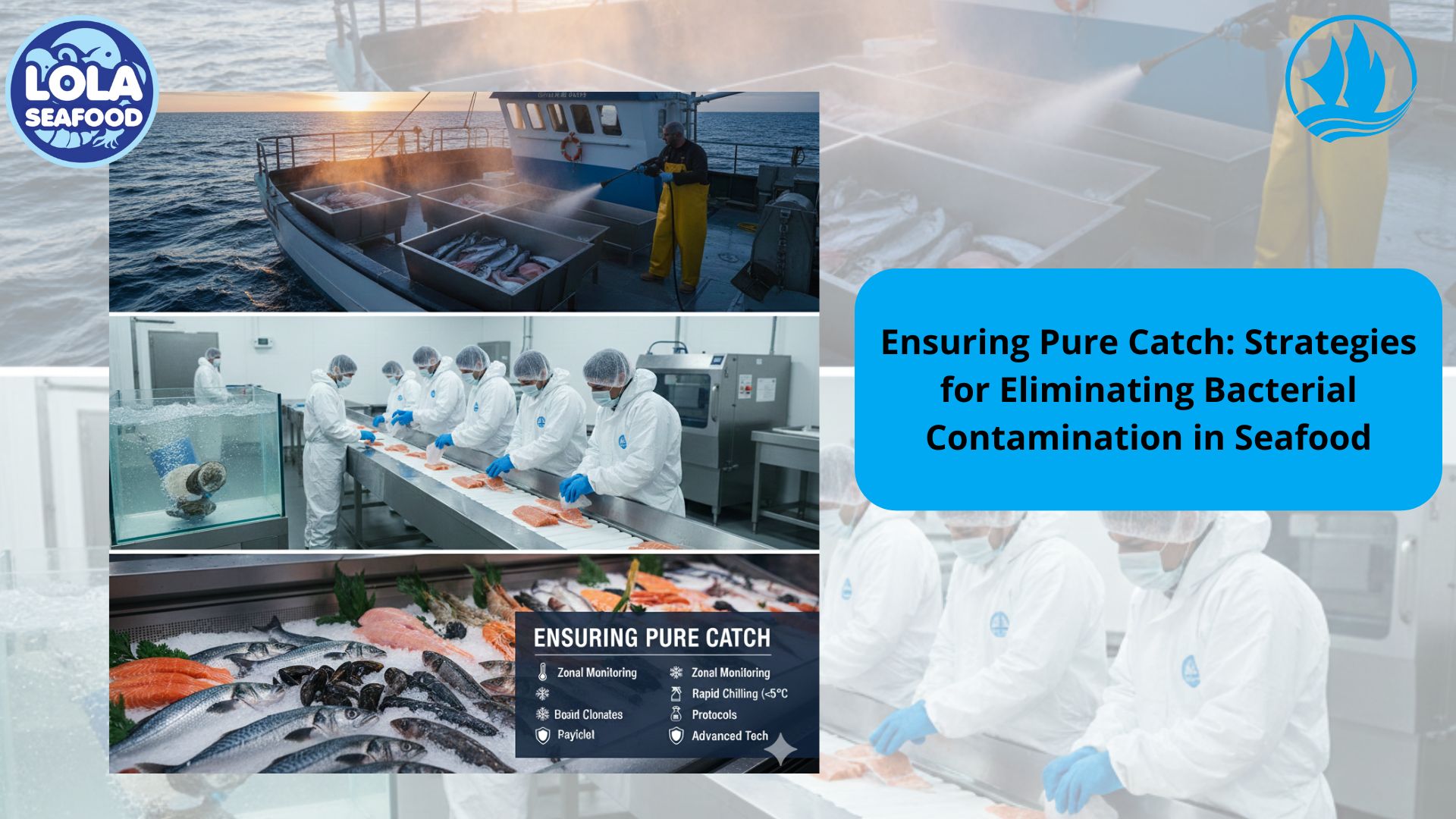
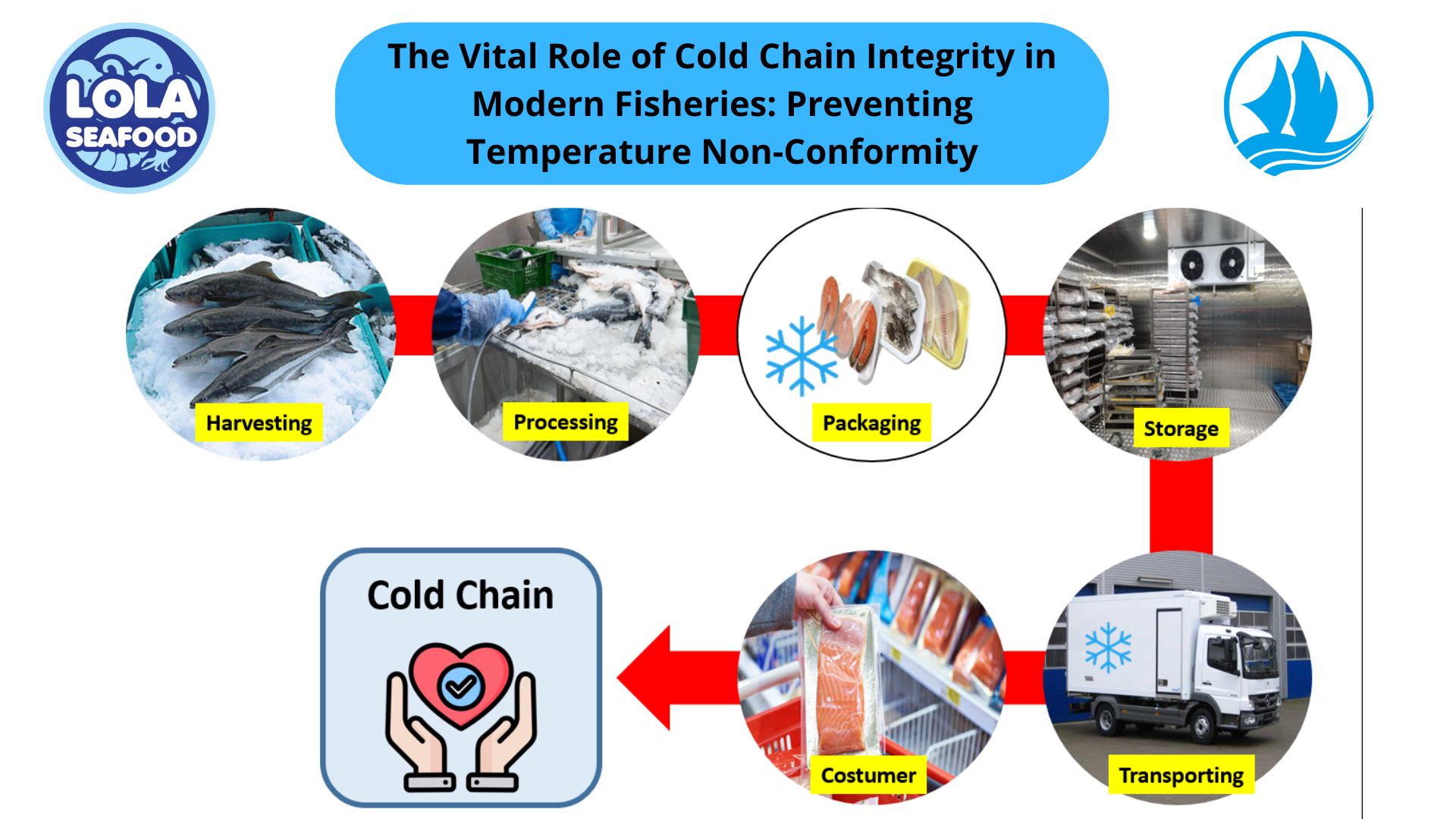
.jpg)